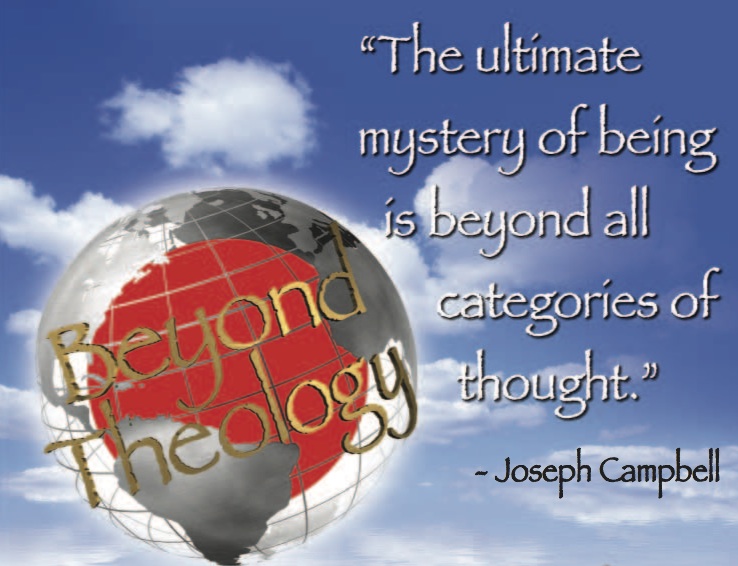
28 Jan PAT BAILEY’S SPIRITUALITY WITH RELIGION
 Editor’s note: Christ Presbyterian Church pastor, Rev. Pat Bailey, is working on a doctoral degree focusing on spirituality and nature. Pat invites listeners to share his journey and his thoughts about our post-modern religious setting, our experiences of Spirit in nature, and the daunting task of doing theology in a post-metaphysical world. The challenge he addresses in his doctoral program is expressed in the opening paragraph of the dissertation, as follows.
Editor’s note: Christ Presbyterian Church pastor, Rev. Pat Bailey, is working on a doctoral degree focusing on spirituality and nature. Pat invites listeners to share his journey and his thoughts about our post-modern religious setting, our experiences of Spirit in nature, and the daunting task of doing theology in a post-metaphysical world. The challenge he addresses in his doctoral program is expressed in the opening paragraph of the dissertation, as follows.
One of the tasks I undertook for my doctoral dissertation was to do an analysis of my context for ministry, which of course, is our beloved Telluride. I did research from various government and industry sources and found the following:
“Telluride’s full-time residence population is around 2,500, but that number can surge to as much as 15,000 during summer and winter seasons and for the many festivals that Telluride hosts. Many part-time residents also live in Telluride: 47% of total housing units are classified as vacant housing units, for seasonal, recreational, or occasional use. The largest population group by age for Telluride is between 25 and 44 years old, 20% above the national average for that age group, with a median age of 31, a few years younger than the national median. Around 65% of Telluride households are listed as non-families, and 65% of Telluride males and 46% of females are listed as never married, close to double the national levels for both genders. Family households make up 35% of all households with 19% of them having children under the age of 18.
“With regard to education levels, 95% of Telluridians are high school graduates or higher, 58% have a bachelor’s degree or higher, and 13% have a master’s, professional, or doctorate degree, compared to a national average for bachelor’s degrees of 16%. The median income in 2008 for Telluridians was $73,000, compared to a national median of just over $50,000. Median home values (including condominiums and deed-restricted housing) in Telluride for 2008 were $814,000; national medians generally range regionally between 150,000 and 250,000. These median figures for income and housing actually reflect a range of wealth from the very wealthy to a middle class that makes up a majority of the permanent residents and who support the town in three census categories: 1. Management, professional, and related occupations, 36%. 2. Sales and office occupations, 29%. 3. Service occupations, 21%.
“These demographics describe Telluridians generally as younger, more likely to be single or living in non-traditional households, well educated, and middle to upper middle-class. Add to this that only 15% of them were born in the state of Colorado, we can deduce that they have some exposure to the larger world and have landed in Telluride as an intentional choice of location and lifestyle.”
The leading point of this kind of analysis for my dissertation is that Telluridians are more likely to correspond to religious trends that tend toward independent thought and subjective world views.
More about that next time.
But for now, please tell me if you agree with my assessment of Telluride’s population.


John Wontrobski
Posted at 04:06h, 30 JanuaryA friend of mine and I were just just discussing this yesterday- thanks for the academic confirmation of what we knew only anecdotally. -John